Zongzi, a traditional Chinese rice dumpling wrapped in bamboo leaves, holds a cherished place in culinary heritage, particularly during the Dragon Boat Festival. This iconic dish, steeped in history and symbolism, derives much of its flavor from the interplay of glutinous rice, fillings, and the sweet, aromatic addition of jujubes. For those seeking to recreate the authentic taste of zongzi, the choice of jujubes—also known as red dates or Chinese dates—is paramount. This article delves into the nuances of selecting, preparing, and incorporating jujubes into zongzi, ensuring your creation captures the essence of this beloved tradition.
Understanding Jujubes: Nature’s Candy with Cultural Significance
Jujubes (Ziziphus jujuba) are small, oval fruits with a wrinkled, reddish-brown exterior and a sweet, caramel-like flavor. Revered in traditional Chinese medicine for their nutritional benefits, they are rich in vitamins, minerals, and antioxidants. In the context of zongzi, jujubes serve a dual purpose: they impart a natural sweetness that balances the savory richness of ingredients like pork or mung beans, while their chewy texture adds a delightful contrast to the sticky rice.
The selection of jujubes is not merely a culinary decision but a reflection of regional preferences and generational wisdom. Varieties differ in sweetness, size, and moisture content, each influencing the final taste and texture of the zongzi. To master the art of zongzi-making, one must first understand the diversity of jujubes available and how they align with desired flavors.
Key Varieties of Jujubes for Zongzi
Not all jujubes are created equal. Below is a breakdown of the most popular varieties, their characteristics, and their suitability for zongzi:
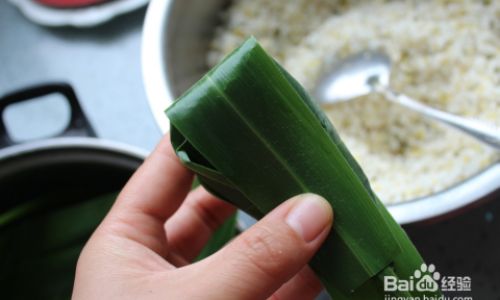
-
Da Zao (Big Date Jujubes)
- Origin: Primarily grown in the Xinjiang region of China.
- Characteristics: Large in size, with a thick, meaty flesh and a deep, honeyed sweetness.
- Best For: Zongzi recipes that prioritize a pronounced sweetness and a substantial, chewy texture. Their size makes them ideal for filling larger dumplings or as a standalone ingredient.
-
Huping Jujubes
- Origin: Cultivated in Hebei Province.
- Characteristics: Smaller than Da Zao, with a balanced sweetness and a slightly tart undertone.
- Best For: Blending with other fillings, such as lotus seeds or red bean paste, to create a layered flavor profile. Their moderate sweetness prevents the zongzi from becoming cloying.
-
Jinxi Jujubes
- Origin: Shanxi Province.
- Characteristics: Known for their vibrant red hue and a delicate, floral sweetness.
- Best For: Visual appeal and a subtle, aromatic sweetness. They are often used in sweet zongzi variations, paired with ingredients like glutinous rice and rock sugar.
-
Dried vs. Fresh Jujubes
- Dried Jujubes: More commonly used in zongzi due to their concentrated sweetness and longer shelf life. They require soaking before use to soften.
- Fresh Jujubes: Rarer in zongzi preparation, as their high moisture content can alter the texture of the rice. However, they offer a bright, fruity flavor suitable for experimental recipes.
Factors to Consider When Choosing Jujubes
Selecting the ideal jujubes involves balancing several criteria:
-
Sweetness Level

- Dryness and Sugar Content: Drier jujubes (e.g., Da Zao) have a higher sugar concentration, yielding a richer sweetness. Fresher varieties may require additional sweeteners like honey or sugar.
- Taste Test: If possible, sample a jujube before purchasing. The best ones should have a natural, clean sweetness without bitterness.
-
Texture and Moisture
- Chewiness: Softer jujubes (often labeled “moist-packed”) blend seamlessly into the rice, while drier ones retain their shape, offering a textural contrast.
- Soaking Time: Drier jujubes may need overnight soaking to prevent them from hardening during cooking.
-
Size and Shape
- Uniformity: Choose jujubes of similar size to ensure even cooking.
- Pitting: Some varieties come pitted, streamlining preparation. If using whole jujubes, remove the seeds manually to avoid bitterness.
-
Regional Availability
- Local Markets vs. Specialty Stores: While Asian grocery stores stock common varieties, rare types like Jinxi may require online ordering.
- Substitutes: In a pinch, medjool dates or deglet noor dates can mimic jujubes’ sweetness, though they lack the same floral complexity.
Preparing Jujubes for Zongzi: Tips and Techniques
Proper preparation ensures jujubes enhance, rather than overpower, your zongzi:
-
Soaking
- Dried Jujubes: Soak in warm water for 4–6 hours to rehydrate. This softens the flesh and reduces cooking time.
- Fresh Jujubes: Lightly blanch in boiling water for 1–2 minutes to retain color and texture.
-
Cooking Methods
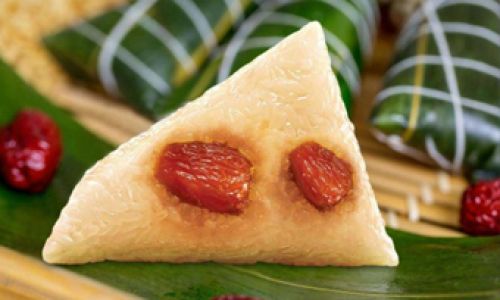
- Steaming vs. Boiling: Jujubes can be added raw to zongzi, but pre-cooking them in syrup (simmered with water and sugar) intensifies their flavor.
- Layering: Place jujubes near the center of the dumpling to prevent them from dissolving into the rice.
-
Pairing with Other Ingredients
- Savory Zongzi: Combine jujubes with salted egg yolks, marinated pork, or mushrooms for a sweet-savory harmony.
- Sweet Zongzi: Pair with mung beans, lotus seeds, or coconut milk for a dessert-like treat.
Regional Preferences and Innovations
Zongzi recipes vary widely across China, with jujube selection often reflecting local tastes:
- Northern China: Favors large, sweet Da Zao jujubes in savory zongzi, where their robust flavor complements hearty fillings.
- Southern China: Prefers smaller, less sweet varieties like Huping jujubes, often mixed with red bean paste or taro.
- Modern Twists: Contemporary chefs experiment with jujube purees, caramelized jujubes, or jujube-infused syrups for unique flavor profiles.
Health Benefits of Jujubes in Zongzi
Beyond their culinary appeal, jujubes offer nutritional advantages:
- Vitamin C and Iron: Boost immunity and energy levels.
- Dietary Fiber: Aids digestion, countering the richness of glutinous rice.
- Antioxidants: Combats oxidative stress, aligning with traditional beliefs about jujubes as a “longevity fruit.”
Common Pitfalls and How to Avoid Them
Even seasoned cooks may encounter challenges:
-
Overly Sweet Zongzi
- Solution: Balance sweetness with savory elements like soy sauce or mushrooms.
-
Hard, Undercooked Jujubes

- Solution: Ensure thorough soaking and pre-cooking.
-
Mushy Texture
- Solution: Use drier jujubes and avoid over-stuffing the dumpling.
Conclusion: Elevating Zongzi with the Right Jujubes
The journey to perfect zongzi begins with selecting jujubes that align with your flavor vision. Whether you opt for the bold sweetness of Da Zao, the delicate balance of Huping, or the aromatic charm of Jinxi, each variety tells a story of tradition and terroir. By understanding their nuances and pairing them thoughtfully with other ingredients, you transform a simple dumpling into a culinary masterpiece.
As you embark on your zongzi-making adventure, remember that experimentation is key. Adjust jujube varieties, sweetness levels, and textures to suit your palate. In doing so, you honor the past while creating new memories—one perfectly wrapped, jujube-infused bite at a time.
Word Count: 1,820

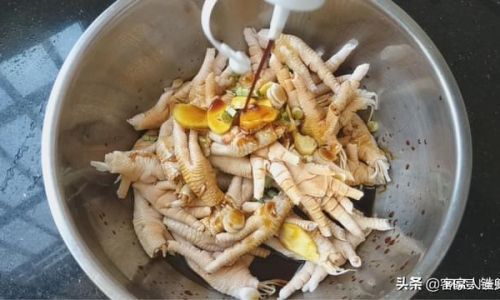
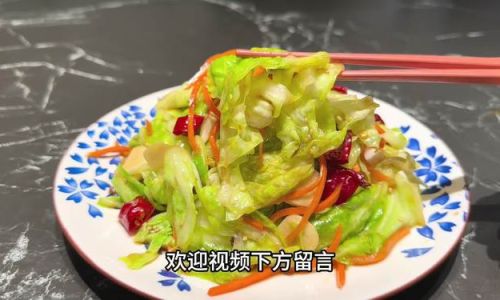
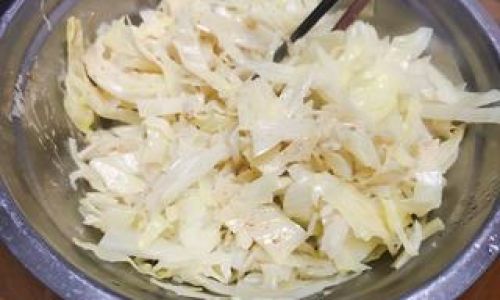
0 comments